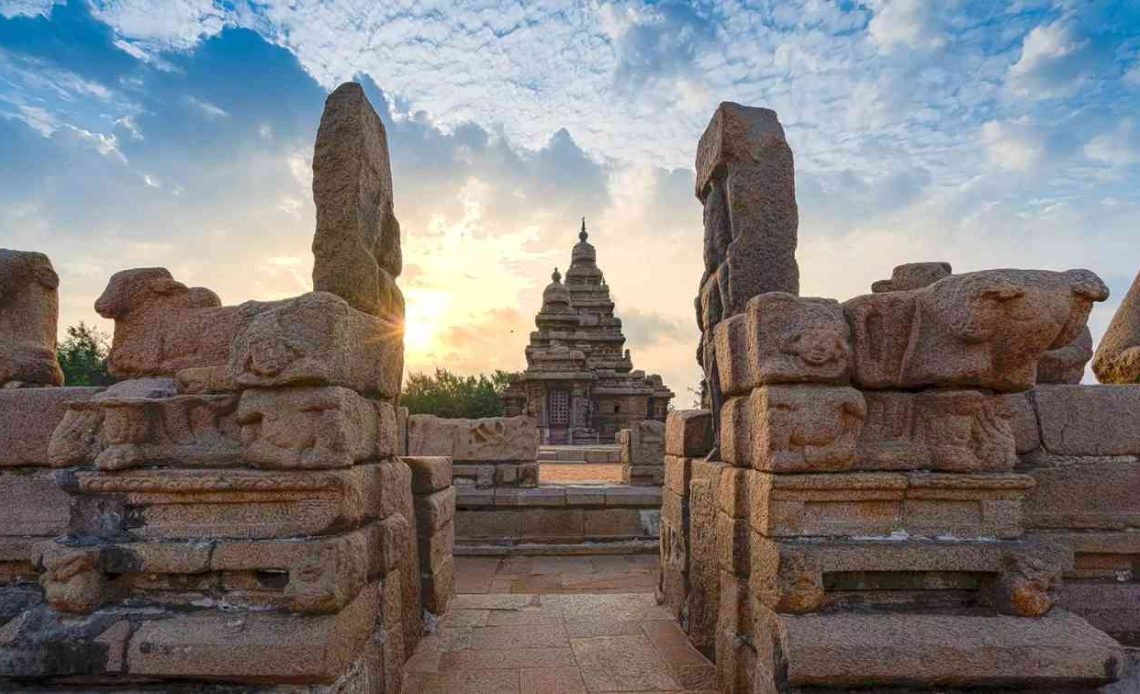
India is a living time capsule—where every fort, temple, and ruin whispers tales of empires, traders, and saints who shaped its past. If you’ve ever wanted to experience history beyond textbooks, these 10 historical places in India will transport you to different eras.
Hampi, Karnataka – The Ruins of the Vijayanagara Empire
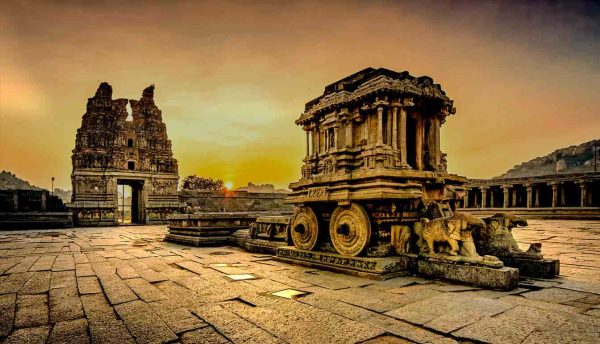
Hampi was once the capital of the grand Vijayanagara Empire, This UNESCO World Heritage Site boasts sprawling ruins, intricate temples, and grand pavilions set against boulder-strewn landscapes. The Virupaksha Temple, the Vittala Temple’s stone chariot, and the Royal Enclosure bring forth the majesty of a lost kingdom, making Hampi an actual time machine to the 14th and 15th centuries.
The Forts of Rajasthan – Amber, Mehrangarh & Chittorgarh
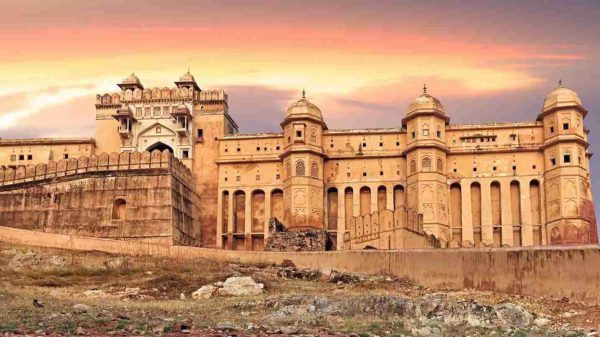
Rajasthan is synonymous with grandeur, and its forts stand as sentinels of time. The Amber Fort in Jaipur, with its frescoed halls and mirrored chambers, recalls the splendour of Rajput royalty. Mehrangarh Fort in Jodhpur offers panoramic views and tales of valour, while the haunting ruins of Chittorgarh Fort tell stories of fierce battles and legendary queens. These towering citadels embody centuries of Rajputana chivalry and architectural brilliance.
Also Read – 5 Best Travel Laptops to Buy in 2025
Varanasi, Uttar Pradesh – The Eternal City
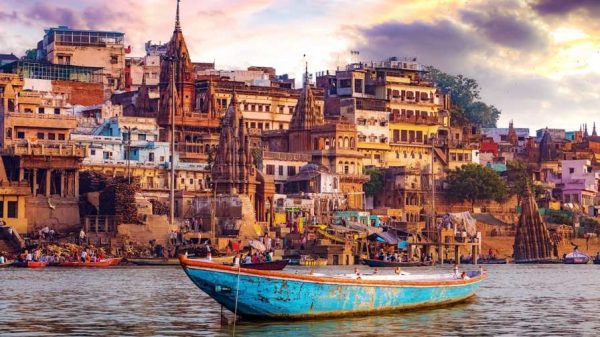
Older than history itself, Varanasi is where time bends and eternity reigns. The ghats of the Ganges, especially Dashashwamedh and Manikarnika, are living theatres of life and death. Ancient temples, labyrinthine alleyways, and sacred rituals dating back thousands of years make this city a portal to India’s spiritual past. Witnessing the evening Ganga Aarti, with its swirling flames and rhythmic chants, feels like stepping into an ageless tradition that has endured the tides of time.
Ajanta & Ellora Caves, Maharashtra – The Storybook of Ancient India
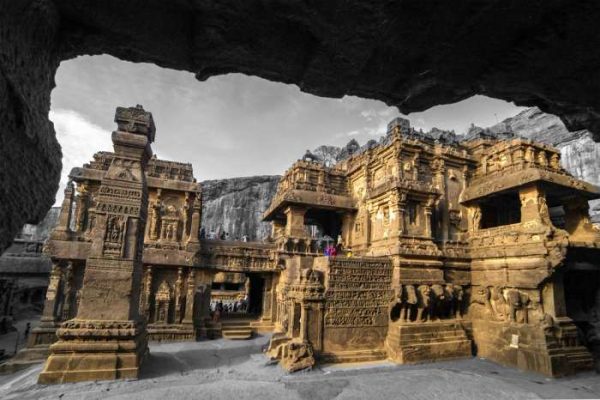
Carved into solid rock between the 2nd century BCE and 10th century CE, the Ajanta and Ellora caves in Maharashtra are an awe-inspiring chronicle of India’s artistic and spiritual evolution. Ajanta’s Buddhist frescoes, depicting scenes from the Jataka tales, transport visitors to an era of enlightenment, while Ellora’s colossal Kailasa Temple, chiselled out of a single rock, is a marvel of engineering and devotion.
Mahabalipuram, Tamil Nadu – The Pallava Legacy
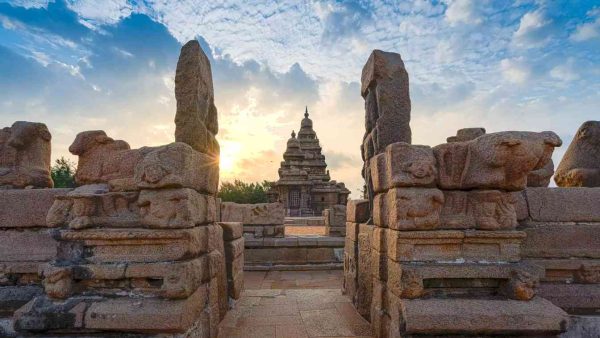
Nestled along the Coromandel Coast, Mahabalipuram is where history meets the sea. This ancient port city of the Pallavas (7th–8th century CE) is adorned with monolithic rock carvings, such as the mesmerising Shore Temple, the giant relief of Arjuna’s Penance, and the gravity-defying Krishna’s Butterball. Strolling through these sculpted wonders is akin to flipping through a granite-bound history book.
Rani Ki Vav, Gujarat – The Queen’s Stepwell
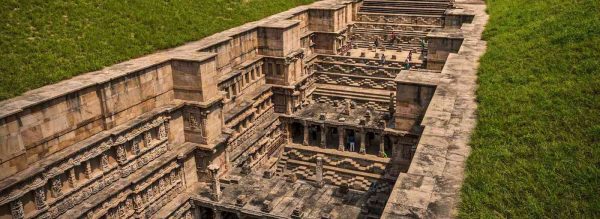
An architectural wonder from the 11th century, Rani Ki Vav in Patan, Gujarat, is a subterranean masterpiece built by Queen Udayamati in memory of her husband. This stepwell is adorned with intricate carvings that narrate tales from Hindu mythology. As you descend its beautifully sculpted levels, it feels like stepping into an ancient, inverted temple that once served as both a water reservoir and a place of meditation.
Khajuraho, Madhya Pradesh – The Temple of Love and Life
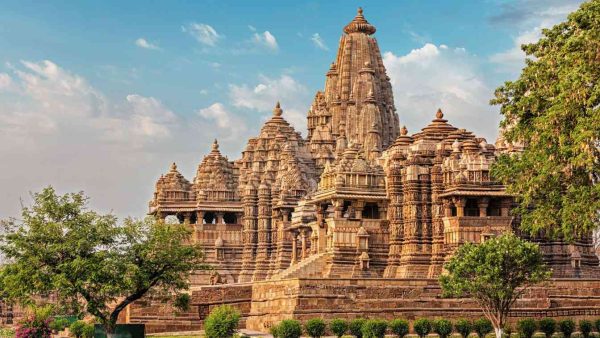
Built by the Chandela dynasty between the 9th and 12th centuries, the Khajuraho temples celebrate life, spirituality, and artistic expression. These UNESCO-listed temples are famed for their intricate sculptures depicting celestial beings, musicians, and sensuous love scenes, reflecting ancient India’s society and philosophy. Under the moonlight, these sandstone marvels seem to breathe with stories of passion and devotion.
Kumbhalgarh, Rajasthan – The Great Wall of India
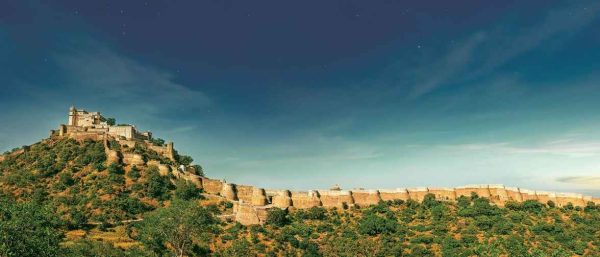
Kumbhalgarh Fort is an untamed fortress from the 15th century that has remained unaltered mainly by time. Encircled by a 36-km-long wall, second only to the Great Wall of China, this fort was the birthplace of Maharana Pratap, one of India’s most revered warriors. The rugged, untouched landscapes around the fort add to its mystique, making it a journey straight into medieval Rajasthan.
Bishnupur, West Bengal – The Land of Terracotta Temples
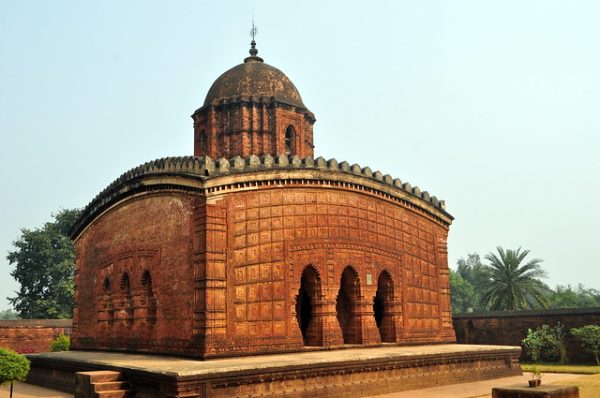
A hidden gem in Bengal, Bishnupur was once the cultural capital of the Malla dynasty. The town’s unique terracotta temples, built between the 17th and 18th centuries, showcase exquisite craftsmanship with intricate carvings depicting mythological tales and royal life. The Rasmancha and Jor Bangla temples, with their elegant domes and red-brick artistry, transport visitors to an era of classical Bengali architecture.
Lothal, Gujarat – The Indus Valley Civilization’s Port City
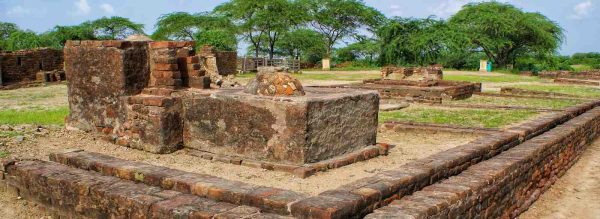
Lothal, one of the most important sites of the ancient Indus Valley Civilization, takes you back to 2400 BCE. This once-thriving port city reveals the engineering and trade prowess of one of the world’s earliest urban settlements. Walking through its excavated docks, drainage systems, and town planning remnants offers a fascinating glimpse into a civilisation that flourished over 4,000 years ago.
India is not just a land of the present; it is a bridge to the past, an unbroken chain of history, art, and culture. Whether you are wandering through the temple towns of Tamil Nadu, exploring Rajasthan’s timeless forts, or standing before the mighty ruins of Hampi, each of these destinations offers a rare and intimate glimpse into a bygone world. So pack your bags, lace up your walking shoes, and step into history, one ancient wonder at a time.

